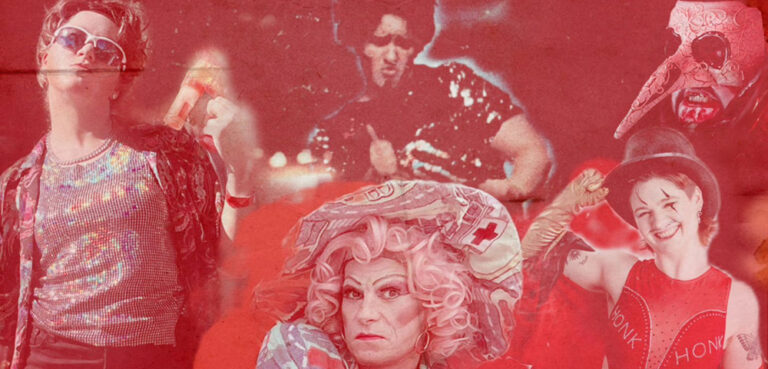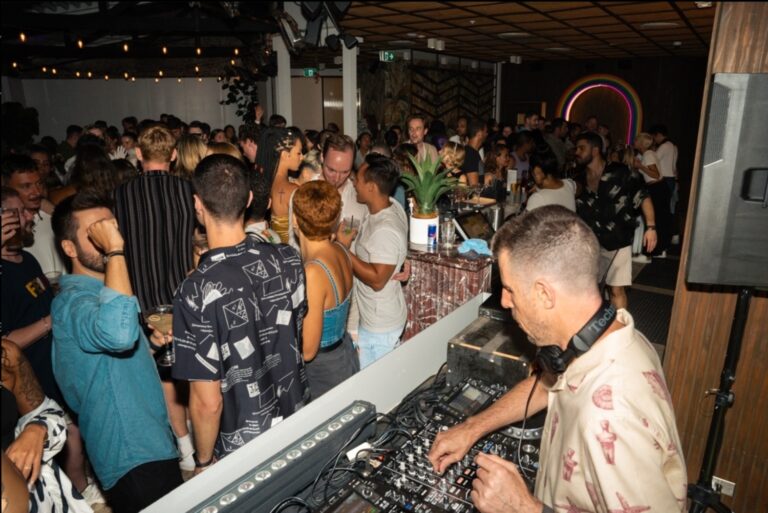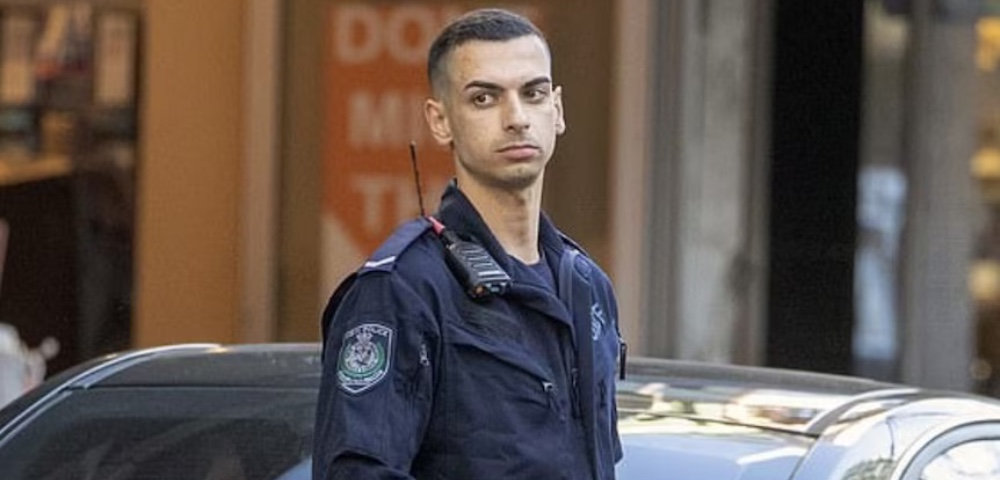
There’s a Bear in There
The music isn’t very loud. The beers are cheap. The lights aren’t particularly low. It’s Friday night at the Beresford and there’s something refreshing and even bold about the lack of sensory deprivation, sweetie. My inner grandpa is revelling in the ability to see everyone clearly and hold audible conversations.
Then what appears to be a heterosexual couple walk in and buy a drink. I watch them discreetly (and a little cruelly), as their confusion builds. They guzzle and look increasingly perturbed, so I take it upon myself to greet the pair and explain. It’s a social night for bears, I tell them. For what? squeals the man.
Oh, we all know what bears are -“ hairy, tubby gay guys -“ but since then I’ve conducted a deeper investigation into the subculture. The Bear Handbook compiled by Ray Kampf provides a few answers -“ big, hairy, husky gay men is one simple definition. The book also provides lots of kooky and definitive lists, including an elaborate catalogue of facial hair (from The Jesus to The Chin Curtain), body hair (such as The Dusting and The Vicuna) and even a list of appropriate clothing options. It’s amusing, although a list of related animals reminds me that I was once (in thinner days) described as an otter. My hackles were raised then and I was a little suspicious of bears. The subculture seemed to provide liberation from a certain gay body fascism, but had it in turn created a whole new set of pigeonholes?
David Gay, the current president of Harbour City Bears, admits there are potential limitations in bear culture, but that within his own Sydney bear pack, there’s a pride in their sense of openness. Gay is currently preparing for Bear Essentials Six, HC Bears’ sixth annual social and cultural festival, which begins on 26 February.
I think within any social group there’s a certain element of an ideal look. There definitely is an ideal look for a bear, says Gay. There is a group of people who aspire to be that ideal. It’s certainly something that we work against in our club.
We don’t hold like a sort of Bear Sydney contest, we don’t have beauty pageants, we don’t want to promote that stereotypical thing. We work very much towards being inclusive.
The philosophy seems to be proving popular. A record number of international visitors have signed up for Bear Essentials Six, which offers 11 social events over five days. The events reflect the mixed ancestry of HC Bears, which in the US is often split between more leather-focused groups and, shall we say, more cuddly clubs. The surprising range of shapes and sizes at the Beresford is not necessarily mirrored in other groups. HC Bears is a much more mixed crowd, so much so that I was stunned to see a couple of women at my first visit to the Beresford. Are they members?
Yes, definitely! smiles Gay. They started coming in about six months ago, really. We’ve had a few of the girls march with us last year for Mardi Gras and I believe they’re back again this year. That’s always encouraged.
I’m wondering what on Earth these presumably straight women get out of hanging around with a bunch of bears, but I’m interrupted.
There’s a couple of lesbians in there as well, Gay says, and explains. If you think about it not so much as a club for hairy men, but a club for people who like natural-looking people, that’s more the emphasis -¦
The bear culture formed really as a counter- culture to the body beautiful that sort of came around in the 80s. It was a really big thing in the gay scene to be gym-toned and waxed-down and almost feminine in look and there was this group of men who went, we’re gay, we’re men, we like having sex with men. And that’s kind of how it started.
The question of what is a bear is complicated even more by the two volumes of The Bear Book: Readings In The History And Evolution Of A Gay Male Subculture. The range and scope of the essays is startling, with serious cultural analyses of bears in relation to queer nationalism, the middle class eroticisation of the working class, not to mention the beauty myth. Contributors range from purely social members to some familiar established writers, including Eric Rofes and Michael Bronski. The end result is summed up by editor Les Wright, who writes in the first Bear Book that the question of what a bear is, is very much unresolved, as bears might have no facial hair, be less than size 36, and have little natural body hair at all.
By now beardom seems a lot more fluid, a notion that visual artist Peter Skirrow finds agreeable. Skirrow’s latest exhibition Radiatus is being held as part of Bear Essentials VI, a series of homoerotic portraits that capture love and sex between burly blokes in gently detailed watercolour. Skirrow’s earliest renderings of hairy men were completed in the early 1990s, and were later reprinted in a series of greeting cards. His work has proved popular with bears both in Australia and internationally, although the images were born from Skirrow’s personal aesthetic, painted before he encountered the bears.
I thought it would be really nice to see some images of good-looking hairy men in the media, in the gay media, says Skirrow. I suppose it was really identifying with guys that were just being themselves -¦ happy with their body weight or their size or facial hair. Just all those things that I see as being things that define men as being, well, men, he laughs.
I haven’t really always had a connection [with bears]. Since I started doing the cards and those images, there was a connection made there -¦ So it’s been a gradual melding into the world and I’m starting to wear that label more comfortably since then. I still see it as a fairly fluid sort of thing, not being one for labels particularly.
Skirrow’s latest exhibition presents his hirsute models in forest settings, with the props and costumes of the lumberjack and the construction worker. Like Skirrow’s earlier portraits, the models often stare back at the viewer, offering both subject and object of vision. His work is sexy and raw, and yet epitomises the subtle contrivances of bear culture. Skirrow tells me that he enjoys the naturalness, the honesty of the bear community, but is keen to point out that Radiatus is not intended to suggest that he approves of logging. It’s a beautiful moment.
Listening to Skirrow, who is softly spoken and so polite, I’m reminded again of being back at the Beresford, watching the terrified straight couple. Whether it was the flashes of leather or the flashes of smiles, they found the visual stimuli around them too irreconcilable to comprehend. A pity, I thought at the time, and ordered another drink.
The Bear Handbook, compiled by Ray Kampf, The Bear Book: Readings In The History And Evolution Of A Gay Male Subculture, edited by Les Wright, and The Bear Book II are available from The Bookshop Darlinghurst.









